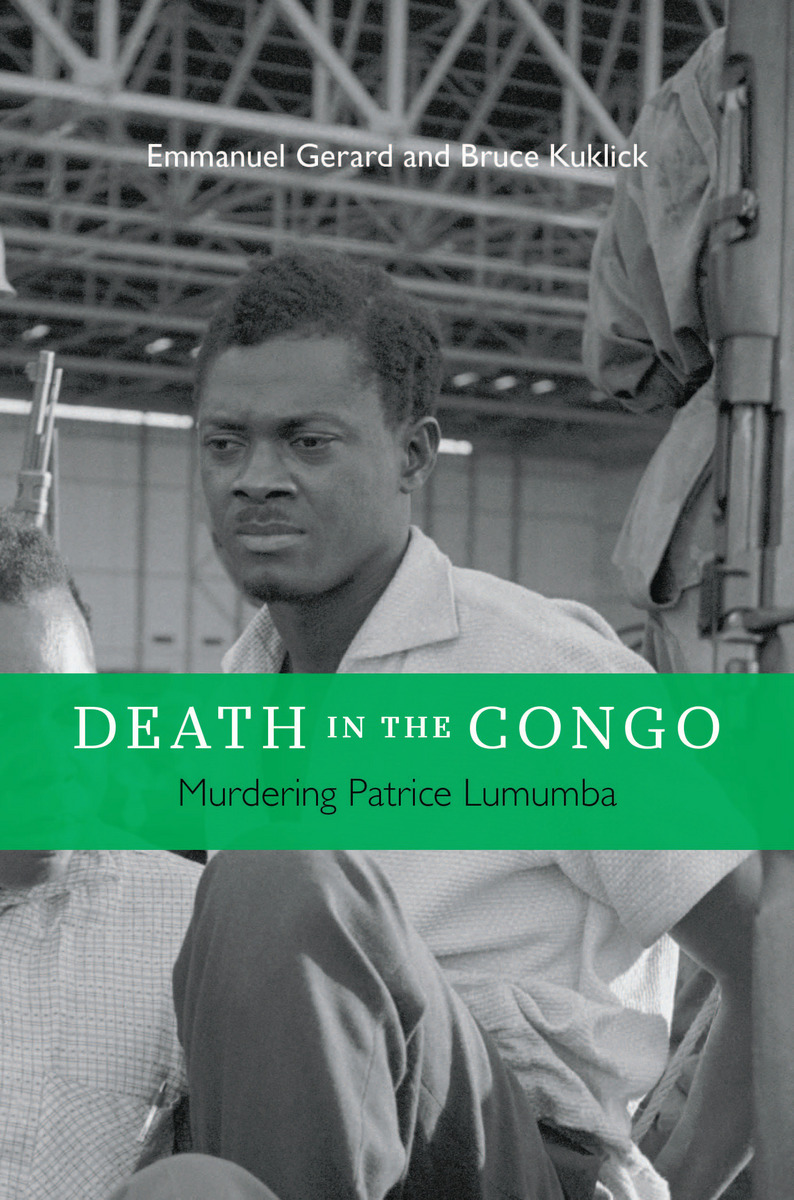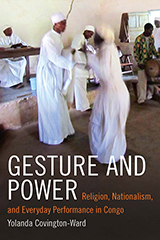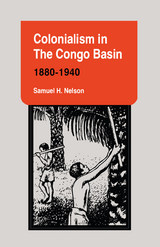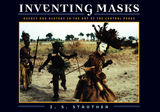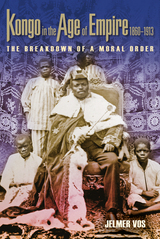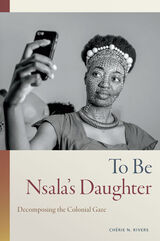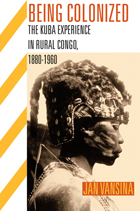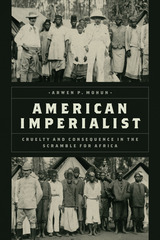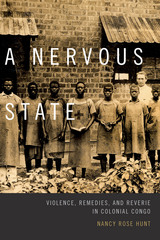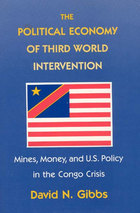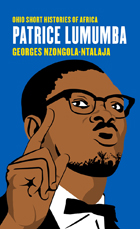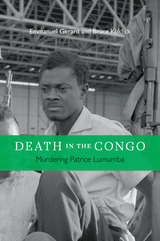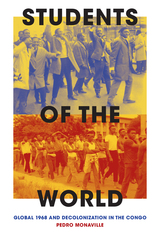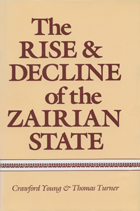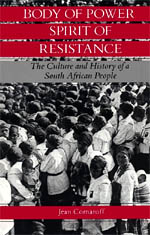In Death in the Congo: Murdering Patrice Lumumba, Emmanuel Gerard and Bruce Kuklick open a wide aperture onto one of the most charged historical whodunits of the 20th century… It lays bare the entangled international actors that conspired to seal Lumumba’s fate and that of the independent Congolese nation… Death in the Congo is a riveting account.
-- Caroline Elkins Wall Street Journal
Death in the Congo is history for grown-ups, lucid and unsparing, alert to our infinite capacity for deceit and self-deception.
-- John Wilson Chicago Tribune
The story of Patrice Lumumba’s death is fascinating because it seems emblematic of the Cold War–era decolonization of Africa… What is distinctive and new in this very readable account is the authors’ unrelentingly negative portraits of all the actors involved. No one emerges unscathed: not the bumbling Congolese, not the Cold War-crazed Americans, not the petulant Europeans—and, worst of all, not even Lumumba himself, whom Gerard and Kuklick portray as a gifted speaker but also a self-promoter who was generally clueless about the exercise of power.
-- Nicolas van de Walle Foreign Affairs
While political violence is no stranger to the Congo, what happened to Lumumba in the early 1960s still matters… To this day no one has been prosecuted for Lumumba’s death. And this is where a book as calm, clear and authoritative as Emmanuel Gerard’s and Bruce Kuklick’s Death in the Congo adds true value. Novelists and filmmakers have all had a go at the Lumumba story, but here at last is history-writing at its most powerful: a work that reads in part like a charge sheet for a war-crimes prosecution and in part like a Shakespearian tragedy with farce thrown in… The drama of Lumumba’s death makes a grand finale. But the book’s true importance lies in spelling out the roles of the various powers involved, notably America and Belgium. Individual prosecutions are now unrealistic, but Death in the Congo demonstrates (something Tony Blair and George W. Bush might ponder) that it is never too late to investigate political decisions that lead to manipulation and murder.
-- Tim Butcher The Spectator
[Gerard and Kuklick] have bravely taken on the most important and disturbing assassination of a democratically elected leader in modern times, and an event on a par with that of Archduke Franz Ferdinand for the mayhem and madness left in its wake… Rather than interpreting [Lumumba’s] downfall as the result of crude Cold War anti-communism, Gerard and Kuklick rightly argue that Cold War tensions were more contextual, feeding into a U.S. commitment to support Western interests and influence in post-colonial Africa; its sympathy for Nato and its Belgian secretary general; and the Eisenhower administration’s hatred of Lumumba.
-- Joanna Lewis Times Higher Education
[Gerard and Kuklick] have brilliantly and usefully provided fresh details about how Lumumba, Okito, and Mpolo died. The book offers revealing photographs of Lumumba with others, including President Joseph Mobutu of Zaire… A book about an old story that has new nuances and details for its readers, who should definitely include general readers, students still in search of the truth about the assassination, and, indeed, seasoned as well as amateur Africanists.
-- Dawn M. Whitehead Africa Today
Death in the Congo: Murdering Patrice Lumumba is an eminently readable and absorbing book by Emmanuel Gerard and Bruce Kuklick which examines the evidence in a balanced and coherent manner while examining the complex tapestry of the alliances, pacts, and promises that comprised relations over the Congo between Léopoldville (now Kinshasa), Brussels, the Katangan capital Elisabethville (now Lubumbashi), London, New York, and Washington… A thought-provoking work of history.
-- Alanna O’Malley H-Net Reviews
Death in the Congo captures a striking portrait of an international crisis in the early Cold War caused by one post-colonial nationalist’s rise to power. It meticulously details the way Patrice Lumumba was subsequently ousted and how his murder was encouraged by western powers. In many ways, it is a character study of the political leaders who instigated and backed Lumumba’s murder and the men in the lower ranks who carried it out.
-- Neil Thompson International Affairs
Outstanding… This major work of scholarship succeeds in showing how the convergence of a complex mix of interests and motivations resulted in Lumumba’s murder.
-- Georges Nzongola-Ntalaja Journal of American History
The authors provide wealth of detail in this worthy primer to the events that plunged the nation into decades of dictatorship under Joseph Mobuto (Mobutu Sese Seko).
-- Publishers Weekly
Emmanuel Gerard and Bruce Kuklick shed light on an important episode in the annals of decolonization, the Cold War, and African nationalism, as well as on significant aspects of the domestic politics of Belgium and the United States. Death in the Congo is a welcome contribution to our understanding of the darker side of decision-making in ostensibly open and democratic political systems.
-- Edouard Bustin, Boston University, Emeritus
